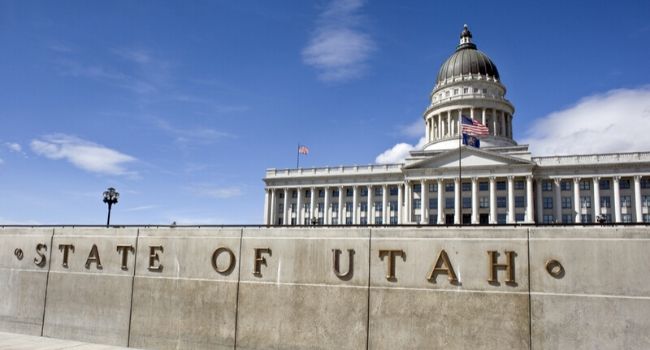
Cuts to Utah School Security Funding Could Be Coming Due to Coronavirus Crisis
Lawmakers have not made any final decisions, but state education officials say that because funds have not been disbursed to schools yet, the safety funding could be axed.
- By Haley Samsel
- April 20, 2020
Lawmakers in Utah are already determining which budget cuts to implement in the wake of the coronavirus, and local news outlets are reporting one of the first will relate to school security funding.
During a meeting of charter school directors and state leaders last week, Angie Stallings, the Deputy Superintendent of Policy for the Utah State Board of Education, said that as much as $30 million in education dollars could be cut from the state’s budget, according to KUTV.
All of that $30 million comes from one-time funding set aside for school security improvements and has not been issued to schools yet, Utah Schools Superintendent Sydnee Disckson reportedly said during the meeting. This would make it easier to cut because it has only been allocated and was designated as a one-time payment rather than ongoing funding, she added.
The legislature is planning to hold a special session focused on issues directly affected by the coronavirus, including tax filing day and budget issues, state Rep. Mike Schultz told KUTV. Another special session will likely be called in May or June to address more significant moves like budget cuts, he said.
Schultz said that it’s too early to know how much money, if any, will be needed to cut from state budgets due to the coronavirus’ toll on the economy.
“One thing I want to stress is legislators are going to do whatever they can in regards to education, first off, to make sure we hold education as harmless as possible,” Schultz said of the choices facing legislators.
As KUTV reported, the state’s tax commission has yet to assess how much tax receipts will decrease due to the coronavirus and business closures across the state. No decisions will be made about budget cuts until the commission issues its report.
Schools in Utah will be physically closed through the end of the school year. Throughout the state, the last day of classes ranges from mid-May to June 5, according to KSL.com, and teachers will provide remote learning resources until then.
About the Author
Haley Samsel is an Associate Content Editor for the Infrastructure Solutions Group at 1105 Media.